Carnivorous Butterwort Pinguicula Anna
A unique carnivorous plant that naturally controls pests!
Carnivorous Butterwort Pinguicula Anna is an excellent fungus gnat solution for your home or terrarium. This fascinating plant features sticky, glistening leaves that attract and trap small insects, digesting them for nutrients. Not only is this a natural way to manage indoor pests, but its compact size and delicate appearance make it a striking addition to any plant collection.
Care Guide – Keep Your Butterwort Thriving
- Light: Prefers bright, indirect light, with some direct sunlight for best growth.
- Watering: Keep soil consistently damp, using distilled or rainwater only—tap water can be harmful.
- Humidity: Thrives in moderate to high humidity—ideal for terrariums or humid environments.
- Soil & Repotting: Requires a nutrient-free carnivorous plant mix—avoid regular potting soil.
- Growth Habit: Produces charming flowers in the right conditions.
- Pet Friendly? Yes! This plant is non-toxic to pets.
Please Note
Each plant is unique, with natural variations in appearance. Some minor cosmetic imperfections on the leaves may occur but do not impact the plant’s health.
Why Choose Carnivorous Butterwort Pinguicula Anna?
✔ Natural fungus gnat solution – Effectively traps and digests small insects.
✔ Easy-care carnivorous plant – Perfect for beginners and collectors.
✔ Compact & eye-catching – A unique plant for windowsills, desks, and terrariums.
All plants purchased from Highland Moss are carefully selected and packed with eco-friendly materials. Each plant comes with a beautifully illustrated care guide for easy reference. You’ll also find a scannable QR code for quick access to additional plant care details, and our Moss Bot is available on the website for 24/7 plant care support.
🪴 Order your Carnivorous Butterwort Pinguicula Anna today and enjoy a natural, pest-fighting houseplant!
Carnivorous Plants Info For Beginners
The best place to start with carnivorous plants is by understanding their natural habitat and how their environment has led them to form such unique adaptations. Carnivorous plants have been on the planet for a long time, around forty million years and have been found on almost every continent and tropical island with Antarctica being the only exception.
Carnivorous plants are typically found in areas that are high in natural light and moisture, as well as water-logged areas like swamps where the nutrients in the soil are virtually non-existent. Many of their strange adaptations have been formed from this lack of nutrients.
All plants need basic nutrients to survive and without them, they don’t stand much of a chance.
Nitrogen and phosphorus are two of the most important nutrients plants need, nitrogen is the main component in chlorophyll which plants use for photosynthesis. The other is phosphorus, which is needed to make this process possible. Plants use phosphorus to take in, store and convert the sun’s rays. Without it, they would be unable to use the sun’s energy to create the biomolecules (proteins, amino acids, DNA) they need to grow and reproduce.
Carnivorous plants have adapted over millions of years to get these essential nutrients from their environment. Unable to get these nutrients from the soil they have formed traps to capture insects and small creatures that are rich in the nutrients they lack.
There are approximately 600 different species that fall into the Carnivorous plant category. These different species have found ways of attracting, trapping, killing, and absorbing their prey purely to extract the nutrients they need for survival.
Most carnivorous plants will use bright colours, distinctive smells, and sticky surfaces to attract insects but there are some key mechanisms that make up the variations of carnivorous plants and most species can be spread across these different hunting strategies
- Snap traps use rapid leaf movement to snap shut and capture their prey.
- Bladder traps suck in their prey with a small internal vacuum.
- Pitfall traps entice prey into a small rolled-up leaf with digestive enzymes.
- Flypaper traps utilize sticky mucus to trap their prey.
- Eel traps use inward-facing hairs to force their prey towards the digestive organ.
Click here to check our care instructions to find out how to look after your carnivorous plant.
Would you like to learn about carnivorous plants? Check our article here.
Pet Friendly
- How should I water my Carnivorous Butterwort to ensure it thrives?
- Keep the soil consistently damp using distilled or rainwater, as tap water can be harmful due to its mineral content which might build up in the soil and affect the plant’s health.
- Can the Carnivorous Butterwort be grown in a terrarium environment?
- Yes, this plant is ideal for terrarium settings due to its need for moderate to high humidity and its compact size. Ensure it receives bright, indirect light with some direct sunlight.
- Is the Carnivorous Butterwort suitable for beginners in carnivorous plant care?
- Absolutely, it is an easy-care option that’s perfect for beginners. It requires minimal maintenance beyond proper watering and light conditions, and it helps in controlling pests like fungus gnats naturally.
☀️ Light
☀️☀️▫️ (Medium)
The Carnivorous Butterwort Pinguicula Anna thrives in bright, indirect light with some exposure to direct sunlight. This light level supports its growth and helps it produce the sticky leaves that trap insects.
💧 Water
💧💧💧 (High)
Keep the soil consistently damp. It’s crucial to use distilled or rainwater as tap water can be harmful due to its mineral content, which can disrupt the delicate balance needed for your Butterwort to flourish.
🌡️️ Temperature
🌡️️🌡️️▫️ (Average)
Pinguicula Anna prefers average room temperatures. It’s quite adaptable but avoid placing it in areas with drastic temperature changes, such as near heating vents or drafty windows.
💦 Humidity
💦💦💦 (High)
This plant loves humid environments, making it perfect for terrarium setups or naturally humid rooms like kitchens or bathrooms.
💦 Repotting
Pinguicula Anna should be repotted every year or two, using a nutrient-free carnivorous plant mix. Regular potting soil is unsuitable as it can harm the plant.
🐾 Pet Friendliness
This plant is non-toxic to pets. It’s a safe and attractive choice for pet owners wanting to keep their furry friends safe.
🐾 Recommended Locations at Home
Place your Butterwort in areas like well-lit kitchens, bathrooms, or near a bright office window. Its pest control abilities are especially useful in spaces where fungus gnats are common.
🌬️🪴 Air Purifying
While primarily known for its insect-trapping capabilities, like many plants, the Butterwort helps purify the air by absorbing toxins and producing oxygen.
✨ Other Plant Features
Beyond its pest control prowess, the Carnivorous Butterwort Pinguicula Anna is known for its beautiful flowers and intriguing leaf structure, making it a fascinating subject for conversation and observation.
If you have more questions about caring for your Pinguicula Anna or any other plants, our Mossbot is here to help 24/7! Feel free to contact us via our website for any inquiries. Remember, we also offer a free plant hospital service if your plant ever needs extra care.
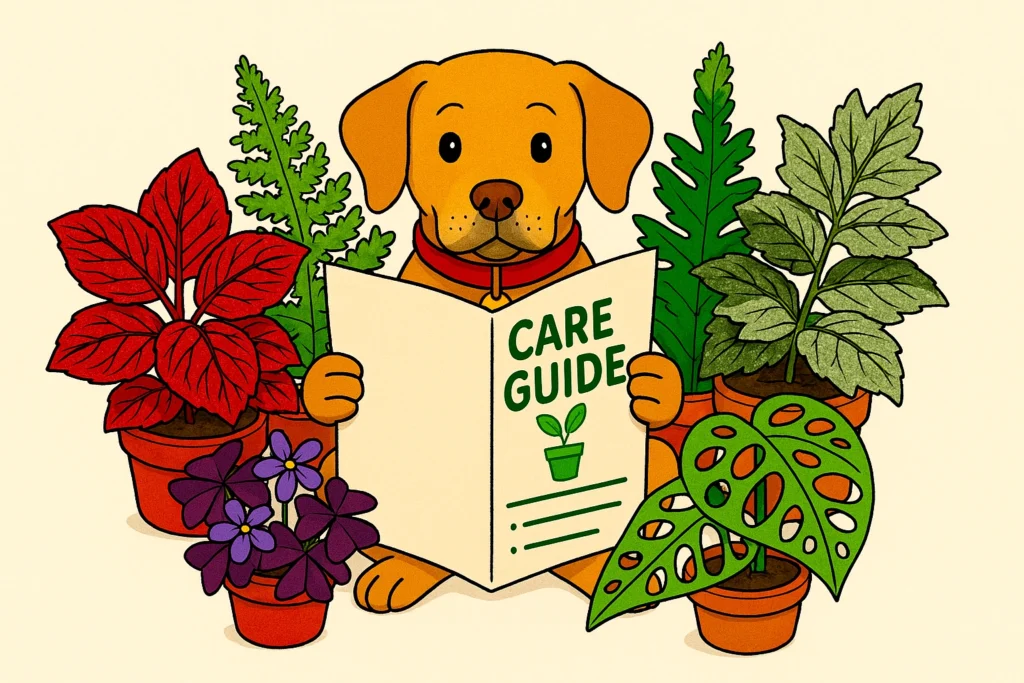
Free Care Guide With Every Purchase
Scan the plant pot QR for instant access to our care guide for your plant. No hassle, no stress, just healthy and happy plants.
Verified reviews from our customers
| 5 star | 96% | |
| 4 star | 3% | |
| 3 star | 1% | |
| 2 star | 0% | |
| 1 star | 0% |
Customer Images
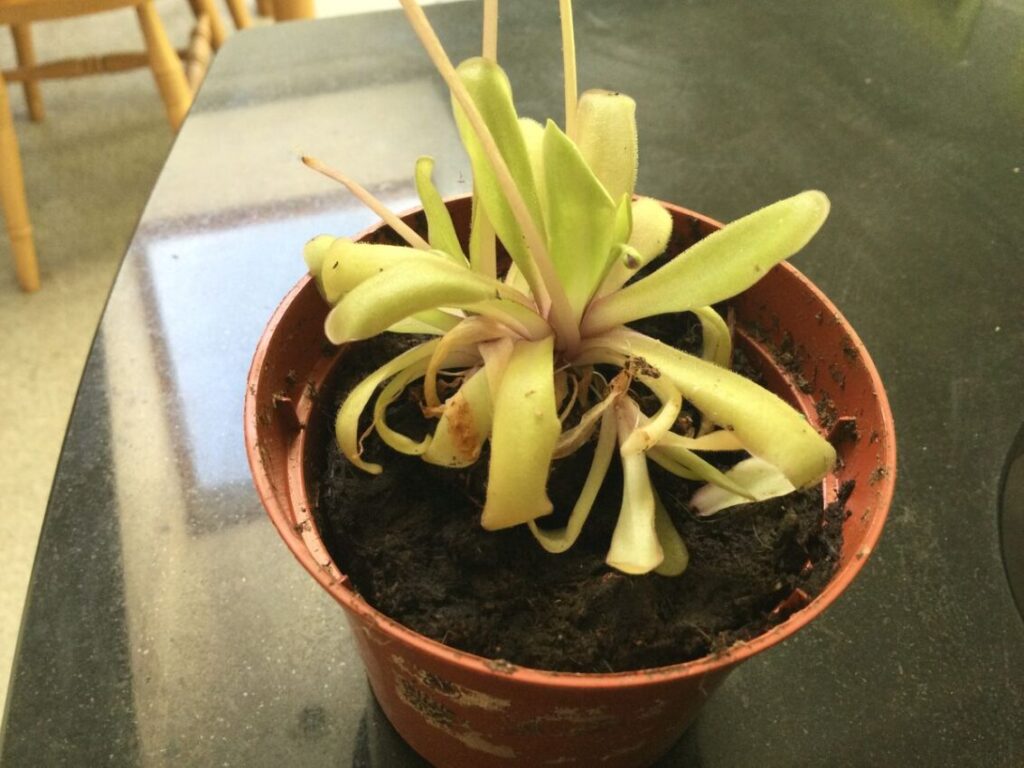
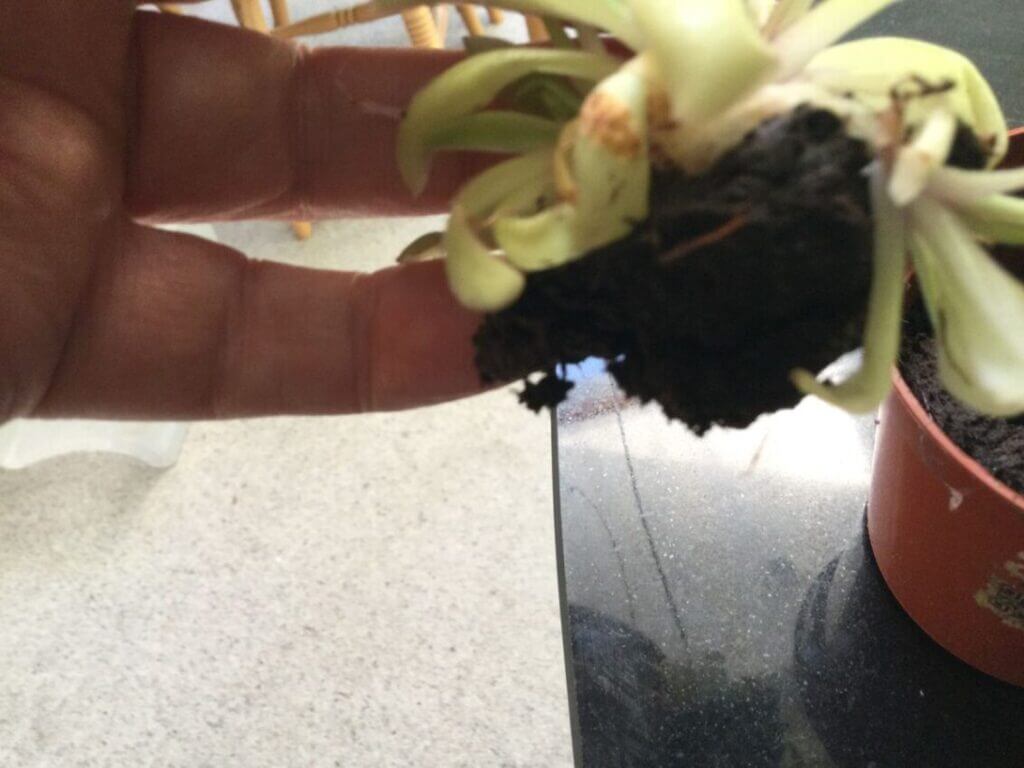



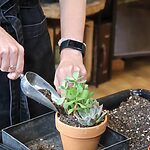
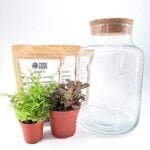
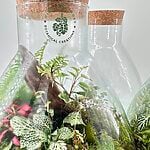
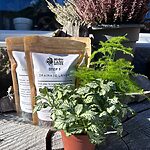
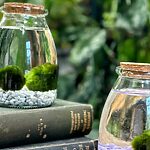
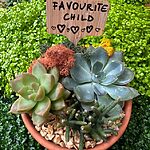
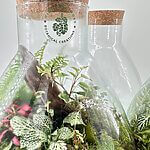


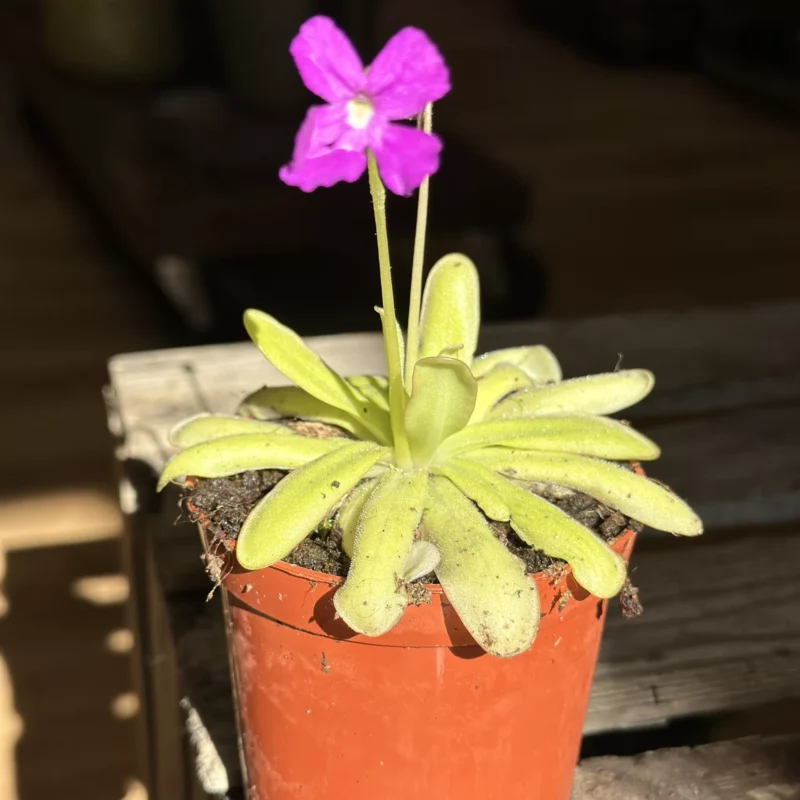

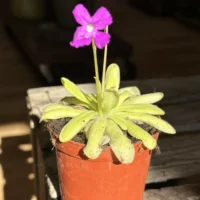
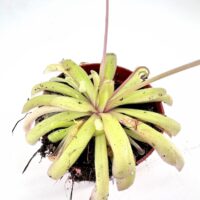
excellent packaging and service, prompt reply to a query.
Everything was very well packed.
A great website, with some beautiful items that are well presented. Perfect free gift provided and delivery was super quick, with good packaging too! Thank you.
Arrive quickly, well packaged and exactly as described, although the post office clearly missed the huge, live plant, and fragile stickers🤣
Very fast delivery, website easy to navigate